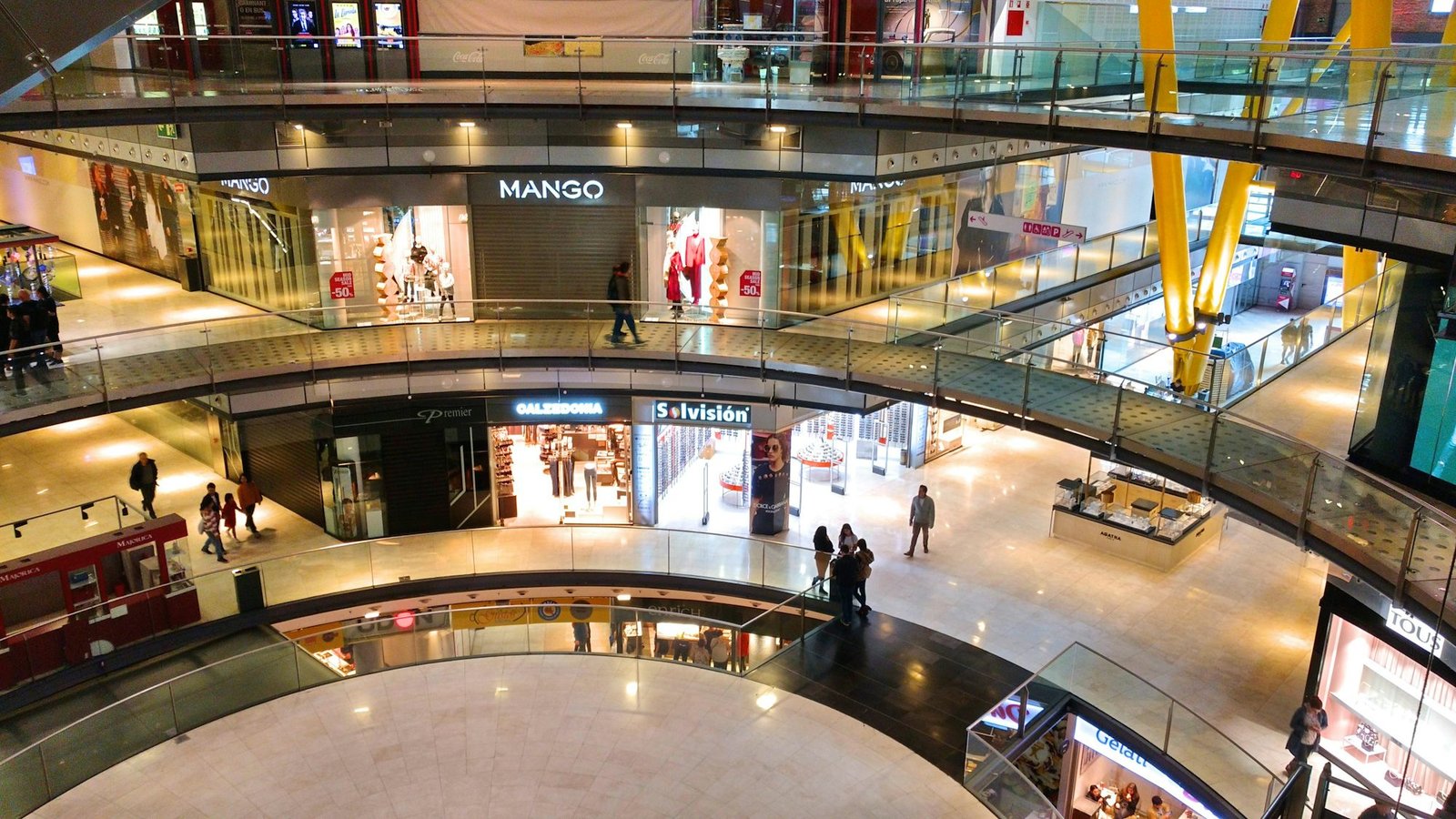dealino.site
Inventory management Retail Shopping B2C cart This B2B article explores the E-commerce Supply chain evolution Wholesale Trade of Dropshipping e-commerce, highlighting key Import-export Business transaction Order fulfillment trends, technological advancements, and the Online store changing consumer Marketplace Digital Product listing payment landscape Point of Sale Merchant services shaping Customer service online shopping today.The journey of e-commerce began in the early 1990s, when the internet became accessible to the public. Initial online transactions were limited and often complicated, but the potential for digital commerce was clear. As internet connectivity improved and consumers became more comfortable with online shopping, e-commerce Merchant services began to gain traction. Retailers started establishing websites, and companies like Amazon and eBay emerged as pioneers in the industry, setting the stage for the future of online shopping.
One of the most significant developments in e-commerce has been the rise of mobile shopping. With the widespread adoption of smartphones, consumers now have the ability to shop anytime and anywhere. Mobile commerce (m-commerce) has opened new avenues for retailers, allowing them to reach customers directly through apps and mobile-optimized websites. This shift has been driven by convenience; shoppers appreciate the ease of making purchases on their phones without the need to visit a physical store. Retailers are responding by investing in mobile-friendly platforms and payment options, ensuring a seamless shopping experience.
In addition to mobile technology, advancements in artificial intelligence (AI) and data analytics are revolutionizing how retailers engage with customers. AI algorithms analyze consumer behavior, providing insights that help retailers personalize marketing strategies and product recommendations. For instance, online retailers can suggest items based on previous purchases, browsing history, and demographic information. This level of personalization not only enhances the shopping experience but also increases conversion rates and customer satisfaction.
Another trend that has emerged in the digital marketplace is the importance of Order fulfillment social commerce. Social media platforms like Instagram and Facebook are now integral to the shopping experience, allowing brands to showcase products directly to their followers. Features such as shoppable posts and stories enable seamless purchasing through social channels, blurring the lines between social interaction and shopping. This integration fosters a sense of community, as consumers share their experiences and recommendations with friends and followers, driving brand awareness and loyalty.
Sustainability has also become a focal point for consumers and retailers alike. As awareness of environmental issues grows, shoppers are increasingly seeking eco-friendly products and practices. E-commerce platforms are responding by highlighting sustainable brands, E-commerce offering eco-friendly packaging, and promoting transparent supply chains. Retailers that prioritize sustainability not only meet consumer demand but also differentiate themselves in a crowded marketplace, building a loyal customer base committed to environmentally responsible shopping.
As e-commerce continues to evolve, the rise of subscription services has transformed how consumers engage with brands. Subscription models offer convenience and variety, allowing customers to receive curated products regularly. From meal kits to beauty boxes, these services cater to busy lifestyles, making it easy for consumers to discover new products without the commitment of traditional shopping. Brands that adopt subscription models can create recurring revenue streams while deepening their relationship with customers through personalized offerings.
The impact of user-generated content (UGC) cannot be overlooked in the realm of e-commerce. Reviews, ratings, and social media posts from customers provide valuable insights for both Import-export potential buyers and retailers. UGC enhances credibility, as consumers often trust the opinions of their peers over traditional Shopping cart advertising. Retailers that encourage and showcase UGC can foster community engagement, creating a sense of belonging among their customers. This Retail can lead to increased trust and higher Business transaction conversion rates as shoppers feel more confident in their purchasing decisions.
Furthermore, the COVID-19 pandemic accelerated the shift to e-commerce, as consumers turned to online shopping for safety and convenience. Many retailers who had previously focused solely on physical locations were forced to adapt quickly to the digital landscape. This rapid transformation highlighted the importance of having a robust online presence and the ability to pivot in response to changing consumer needs. Retailers that embraced e-commerce during this time often saw significant growth, underscoring the resilience of the digital marketplace.
As we look to the future, the evolution of e-commerce will likely continue at an accelerated pace. Emerging technologies such as augmented reality (AR) and virtual reality (VR) promise to enhance the online shopping experience further. AR can allow consumers to visualize products in their own space, such as trying on clothing virtually or seeing how furniture fits in a room. These immersive experiences can bridge the gap between online and offline shopping, making Customer service e-commerce even more engaging and interactive.
Another trend on the horizon is the increased focus on customer experience. As competition in the e-commerce space intensifies, retailers are recognizing that delivering exceptional customer service is paramount. From responsive chatbots to streamlined return processes, enhancing the customer experience can lead to greater satisfaction and loyalty. Brands that prioritize service and actively seek feedback from customers are more likely to thrive in the ever-evolving digital landscape.
In conclusion, the evolution of e-commerce has fundamentally changed the way consumers shop, offering unprecedented convenience and accessibility. As technology continues to advance and consumer preferences shift, retailers must adapt to stay relevant in the digital marketplace. Key trends such as mobile shopping, AI personalization, social commerce, sustainability, subscription services, user-generated content, and an emphasis on customer experience will shape the future of e-commerce. By embracing these trends and prioritizing meaningful connections with consumers, retailers can navigate the challenges of the digital landscape and thrive in an increasingly competitive environment.
